
Where are the fastest-growing cities in America? The U.S. Census Bureau looked at population changes in large cities (with populations of at least 50,000) between 2010 and 2019 and found that much of the decade’s population growth was in the South and West. Texas has proved to be an especially attractive location for people deciding where to live next.
The bureau says:
“With respect to numeric change, cities in Texas are among those that have added the most people this decade.”
Here’s are the U.S. cities where people are moving in rapidly, followed by five cities that are losing population fastest.
15 cities growing fastest
15. Franklin, Tennessee
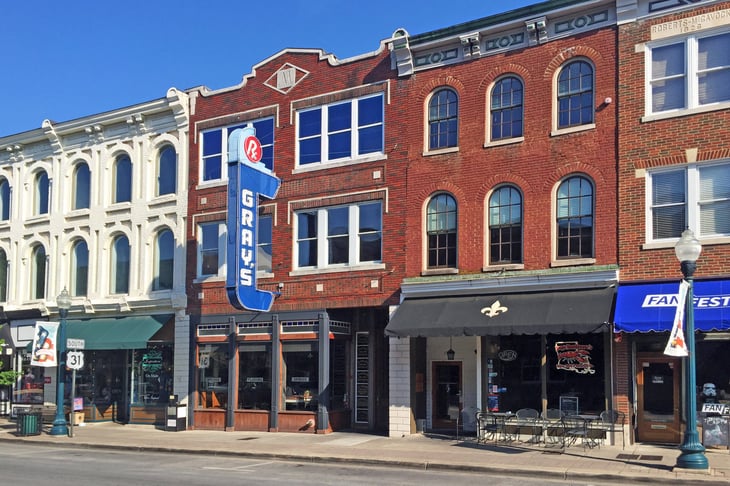
Population change between 2010 and 2019: 32.8% increase
Total population as of 2019: 83,097
The city of Franklin focuses on its Americana appeal, and it has a lively local live music scene.
Home to a number of bakeries and coffee shops, Franklin is likely to hit your sweet spot. If you like wine, Arrington Vineyards is in nearby Arrington.
It might help that Tennessee does not tax wage income, only interest and dividend income. And even that tax is being phased out, as we report in “4 States Where Income Taxes Will Be Lower Next Year.”
14. Goodyear, Arizona
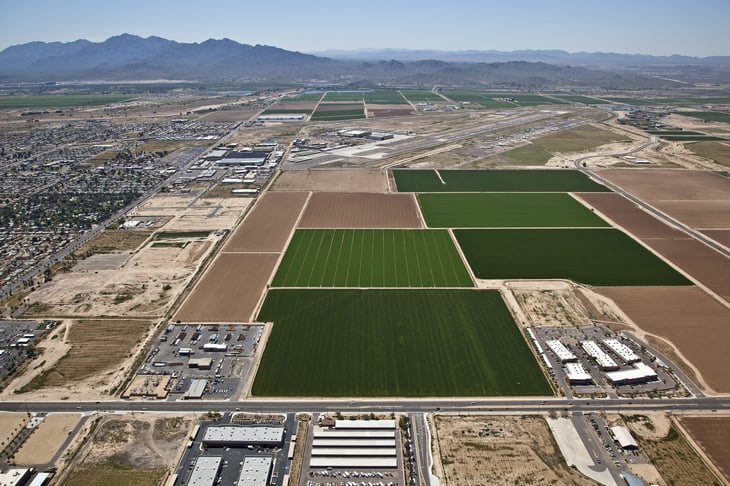
Population change between 2010 and 2019: 33.1% increase
Total population as of 2019: 86,840
Goodyear is located in Maricopa County, which is also home to the state capital of Phoenix.
In addition to its proximity to a major city, Goodyear is the home of Goodyear Ballpark, the spring training facility for the Cleveland Indians and the Cincinnati Reds.
Arizona’s warm climate makes it a draw for retirees, too, as we point out in “Have You Heard of This Best Place to Retire in 2020?”
13. Round Rock, Texas
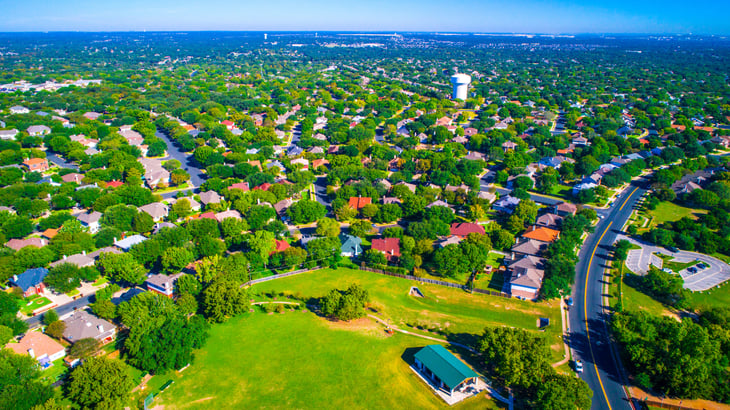
Population change between 2010 and 2019: 33.3% increase
Total population as of 2019: 133,372
Round Rock offers a vibrant downtown that includes activities for all ages. In addition to dining and shopping, it’s possible to find yoga and a park that’s perfect for a playdate for the kids. And what could be better for a quick snack than the Round Rock Donuts’ drive-through window?
12. Mount Pleasant, South Carolina
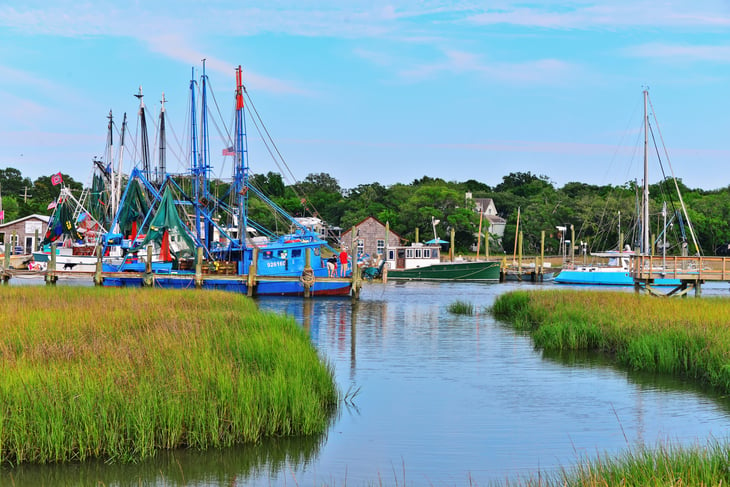
Population change between 2010 and 2019: 34.1% increase
Total population as of 2019: 91,684
Mount Pleasant boasts 300 years of history and prides itself on local development efforts that have grown the city into the 21st century. Its population was just 6,155 in 1970.
The town has been named an All-America City for focusing on historic preservation while embracing the future.
11. Murfreesboro, Tennessee
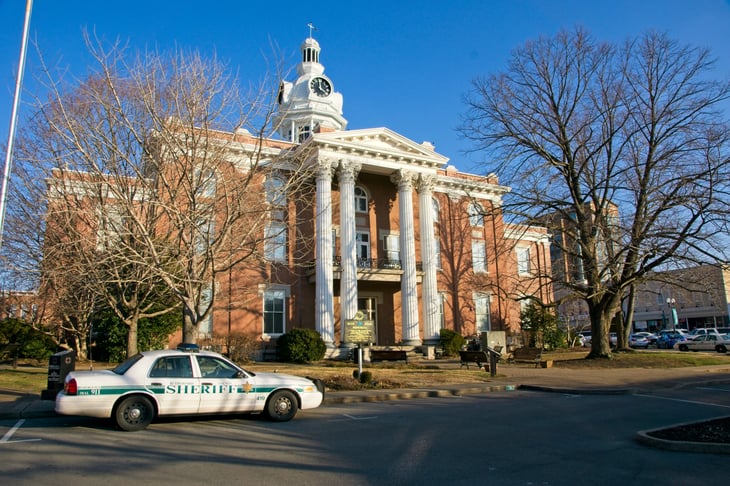
Population change between 2010 and 2019: 34.6% increase
Total population as of 2019: 146,900
Known for being the location of the bloody Civil War Battle of Stones River, now a national battlefield, Murfreesboro has a rich history.
Attractions include a dog park, a system of greenways and wetlands, a children’s museum, an art crawl and the annual International FolkFest.
10. Irvine, California
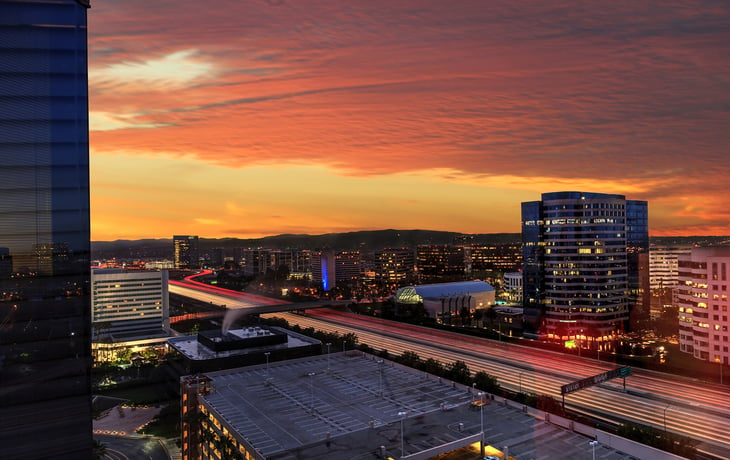
Population change between 2010 and 2019: 35.5% increase
Total population as of 2019: 287,401
Irvine is home to a prestigious research university, one of the 10 campuses of the University of California system.
The city also a magnet for those who like being outdoors. Irvine has 20 community parks and some 40 neighborhood parks, with plenty of trails.
9. Conroe, Texas
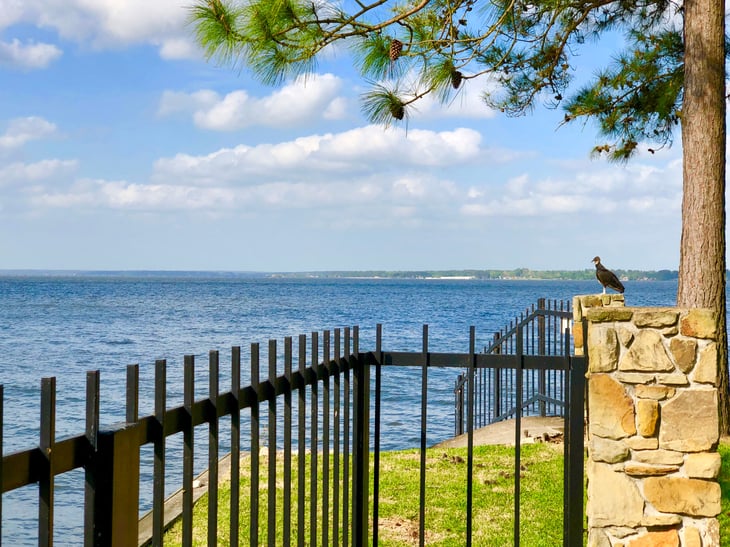
Population change between 2010 and 2019: 39.3% increase
Total population as of 2019: 91,079
Conroe is focused on growing and sustaining its economy, with an economic development council that works to attract new businesses.
Deison Technology Park has 248 acres of office space and other amenities designed to attract tech companies.
8. Fort Myers, Florida
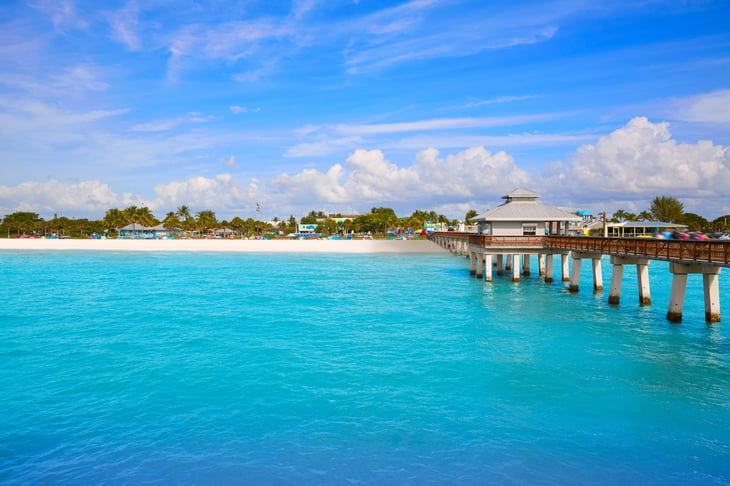
Population change between 2010 and 2019: 39.8% increase
Total population as of 2019: 87,103
If you’re interested in living in Southwest Florida, Fort Myers is a great location, just up the Caloosahatchee River from Sanibel Island and the city of Cape Coral.
The area has many activities, including indoor and outdoor sports, golf and kids camps.
7. Cedar Park, Texas
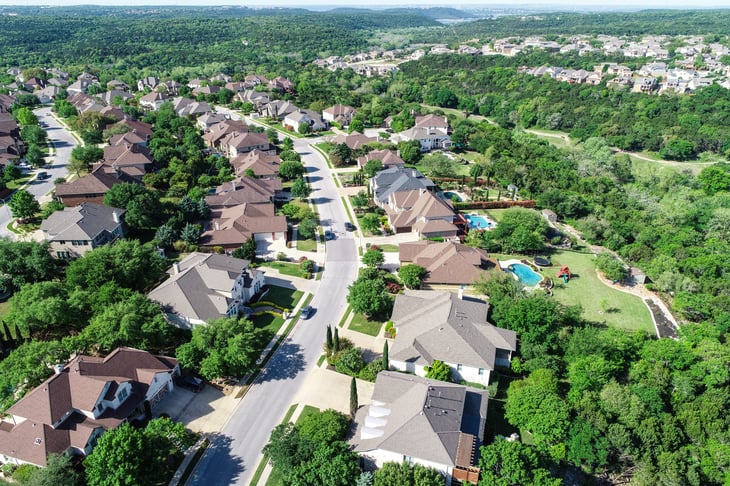
Population change between 2010 and 2019: 44.2% increase
Total population as of 2019: 79,462
Cedar Park, near the state capital of Austin, has a pro-growth approach, offering services that support local encourage businesses.
The median household income, according to the city’s website, is an enviable $101,086. What’s more, Cedar Park boasts a cost of living that’s below the national average.
6. Meridian, Idaho
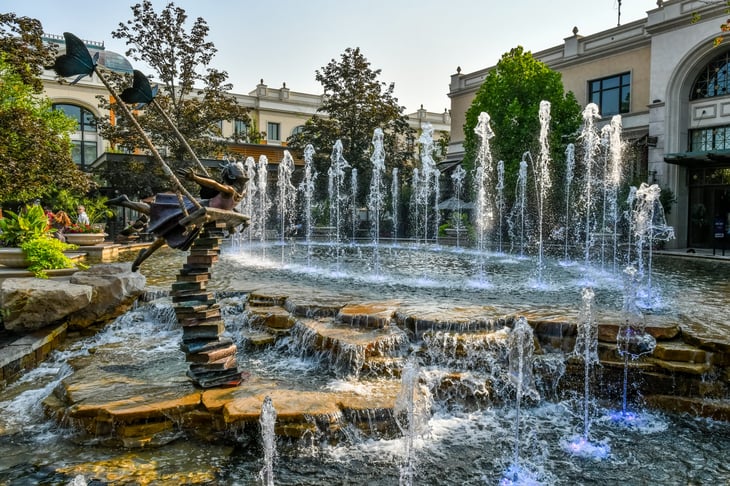
Population change between 2010 and 2019: 48.3% increase
Total population as of 2019: 114,161
Meridian is near Idaho’s attractive capital city, Boise. Meridian also has its own attractions, including the Initial Point Gallery, located in City Hall, showing art from local and regional artists. It sometimes hosts national exhibitions.
5. South Jordan, Utah
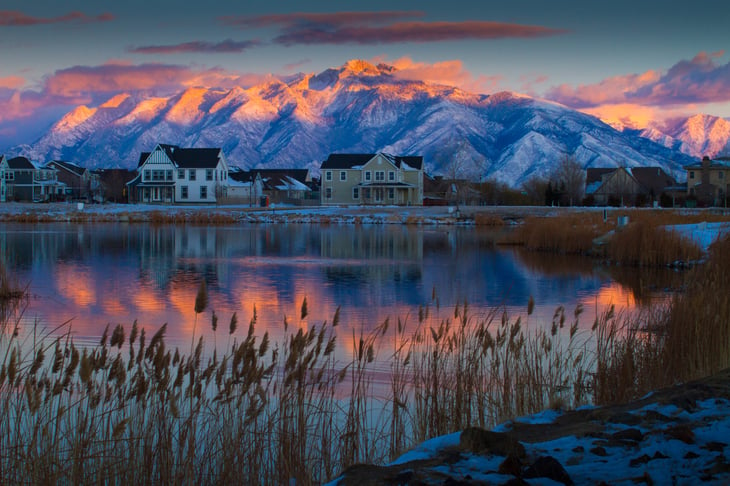
Population change between 2010 and 2019: 51.8% increase
Total population as of 2019: 76,598
South Jordan (aka “SoJo”) has a stunning location, in the Salt Lake Valley between the Oquirrh Mountains to the west and the Wasatch Range on the east. It’s an ideal spot for outdoor enthusiasts.
The city, with its many opportunities for living and recreation, is just 18 miles from Salt Lake City.
4. McKinney, Texas
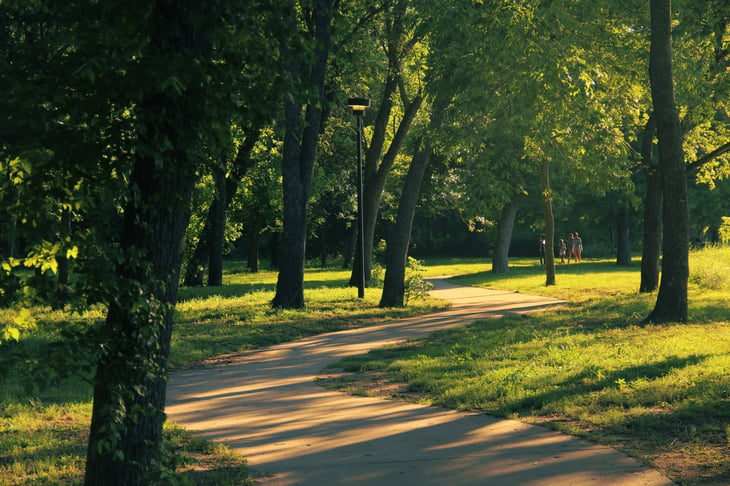
Population change between 2010 and 2019: 51.9% increase
Total population as of 2019: 199,177
Nestled at the northern edge of the Dallas-Fort Worth metro area, McKinney has made a point of developing Main Street in its Historic Downtown area. There’s also a cultural district with events, festivals and a performing arts center.
Sports opportunities include golf and tennis, and there’s a vibrant music scene. McKinney appears to be a place where almost anyone can find something to their taste.
3. New Braunfels, Texas
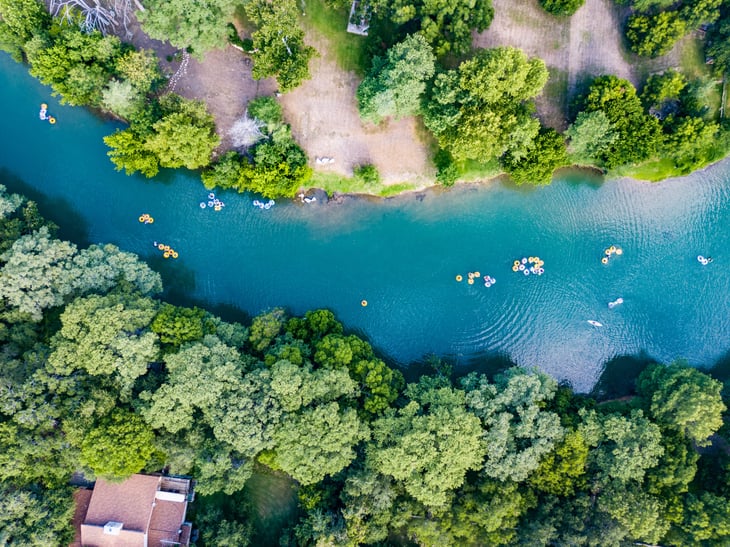
Population change between 2010 and 2019: 56.4% increase
Total population as of 2019: 90,209
New Braunfels was founded in 1845 by German settlers. It is located in Texas’ Hill Country, between Austin and San Antonio, and is home to a 10-day sausage festival, Wurstfest.
The city is governed by a home rule style government, with a council and a city manager. For those interested in civic involvement, there are a number of boards, commissions and advisory councils that residents can participate in to help steer the direction of the city.
2. Buckeye, Arizona
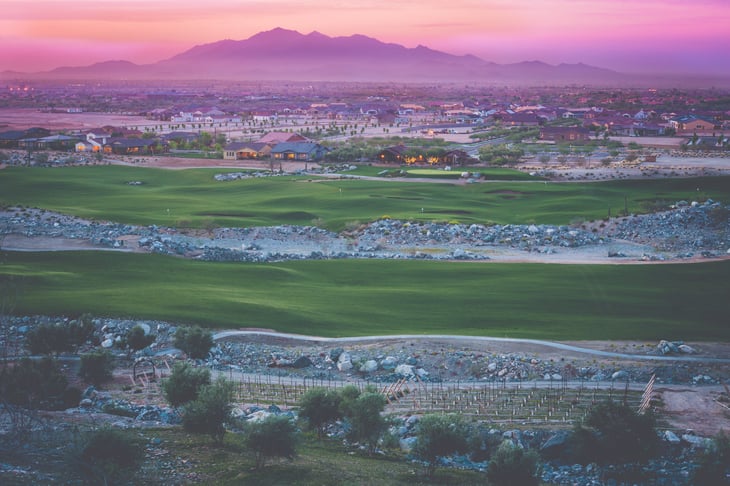
Population change between 2010 and 2019: 56.6% increase
Total population as of 2019: 79,620
Buckeye is the westernmost suburb of the Phoenix metro area, close enough to enjoy access to big-city amenities while still living amid the unforgettable scenery of the Sonoran Desert.
Buckeye residents also enjoy plenty of activities in town, including a teen center, community center and several parks.
1. Frisco, Texas
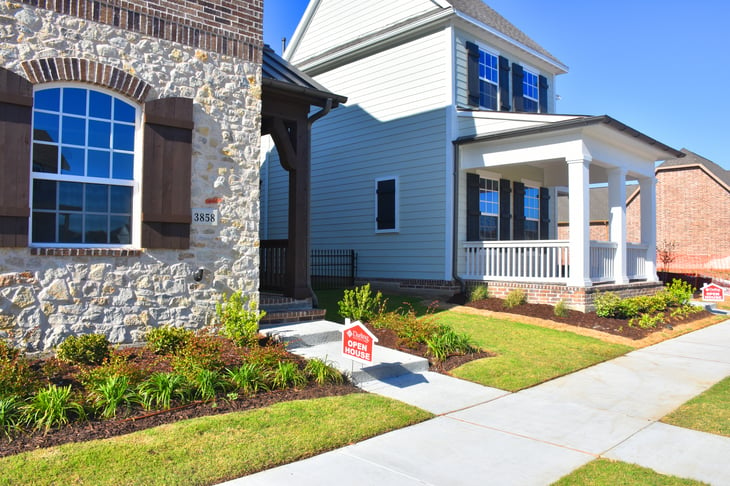
Population change between 2010 and 2019: 71.1% increase
Total population as of 2019: 200,490
Life in Frisco, just west of McKinney on the edge of the Dallas-Fort Worth metro, offers easy access to an international airport and a bustling downtown scene.
The city has its own interesting attractions, including huge Lewisville Lake nearby. One of Frisco’s notable diversions is the National Videogame Museum, where visitors can try out games from various eras.
5 cities shrinking fastest
5. Albany, Georgia
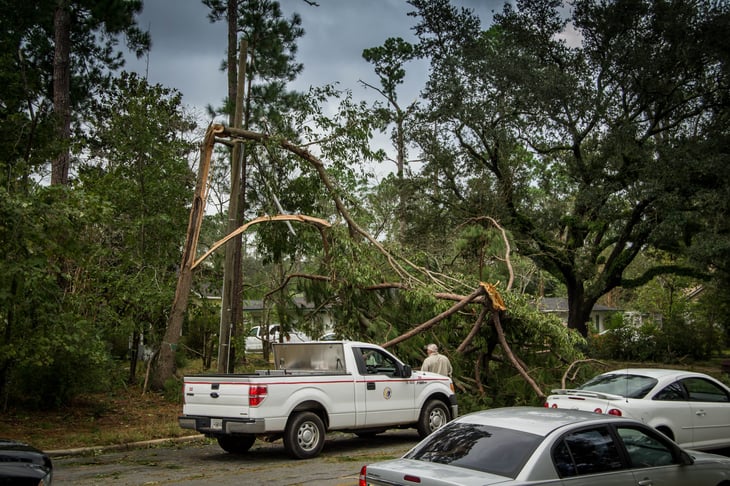
Population change between 2010 and 2019: 6.9% decrease
Total population as of 2019: 72,130
Albany was hard-hit by Hurricane Michael in 2018, and that hasn’t helped the city. Even a year after the hurricane blasted through, homeowners still were dealing with tree stumps in their yards and tarps covering damaged roofs.
4. Shreveport, Louisiana
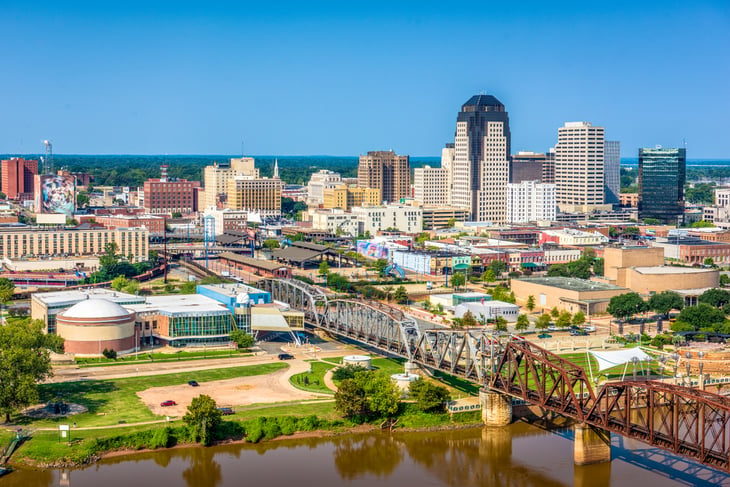
Population change between 2010 and 2019: 6.9% decrease
Total population as of 2019: 187,112
Despite a declining population, Shreveport, the third-largest city in Louisiana, has plenty of parks and things going for it.
For one example, the Shreveport Financial Empowerment Center offers free one-on-one financial counseling and resources — now done by video conference during the coronavirus pandemic. The city has established a senior council, focused on the needs and issues of older residents.
3. Decatur, Illinois
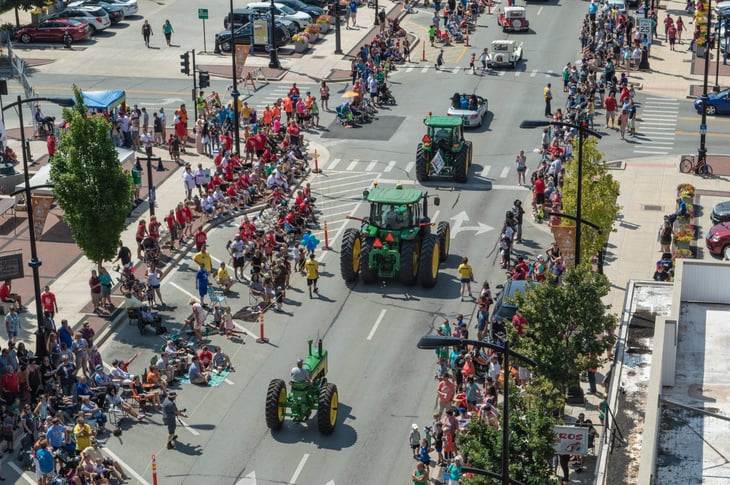
Population change between 2010 and 2019: 7.1% decrease
Total population as of 2019: 70,746
Located on a lake and river, Decatur offers residents a lot of water activities to enjoy. Boat licenses and pier permits are a regular requirement.
A neighborhood revitalization effort is underway in Decatur, and it is actively seeking participation particularly from senior citizens and millennials.
2. Jackson, Mississippi
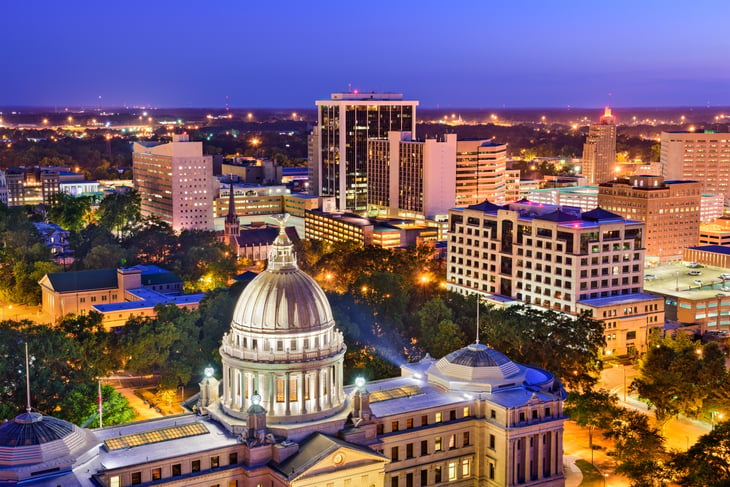
Population change between 2010 and 2019: 7.4% decrease
Total population as of 2019: 160,628
Even though it’s the capital of Mississippi, Jackson’s seen a decline in population. Steeped in history, the city is an important stop on Mississippi’s Freedom Trail, with sites important to the Civil Rights Movement.
Jackson also is “The City With Soul,” its visitors site proclaims, with a rich musical legacy that earned it several markers along the Mississippi Blues Trail.
1. Charleston, West Virginia
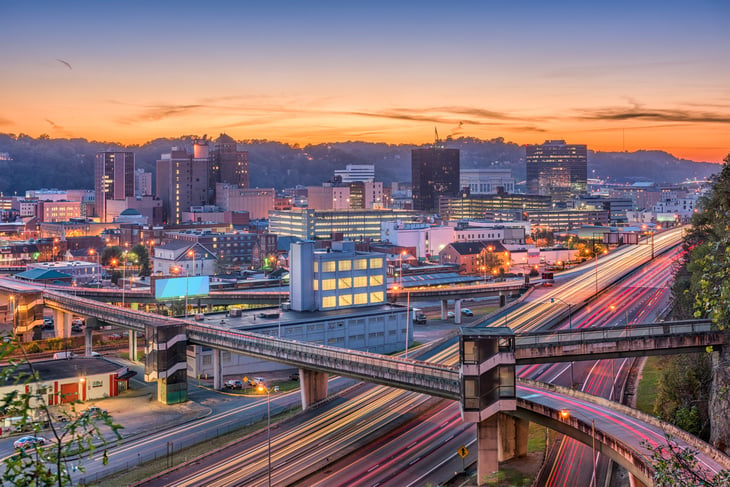
Population change between 2010 and 2019: 9.4% decrease
Total population as of 2019: 46,536
Despite the fact that Charleston, too, is its state’s capital, the city’s population loss has been the most severe in the country, the U.S. Census Bureau says.
The entire state is in the middle of a remarkable population decline, says the West Virginia Center on Budget & Policy. The state’s death rate exceeds the birthrate, and more people are leaving the state than moving in. Each year it loses roughly 18,000 residents, or about 0.1% of the population.
West Virginia is one of two states in the union to experience population decline over the past decade, with the other being Michigan.





Add a Comment
Our Policy: We welcome relevant and respectful comments in order to foster healthy and informative discussions. All other comments may be removed. Comments with links are automatically held for moderation.